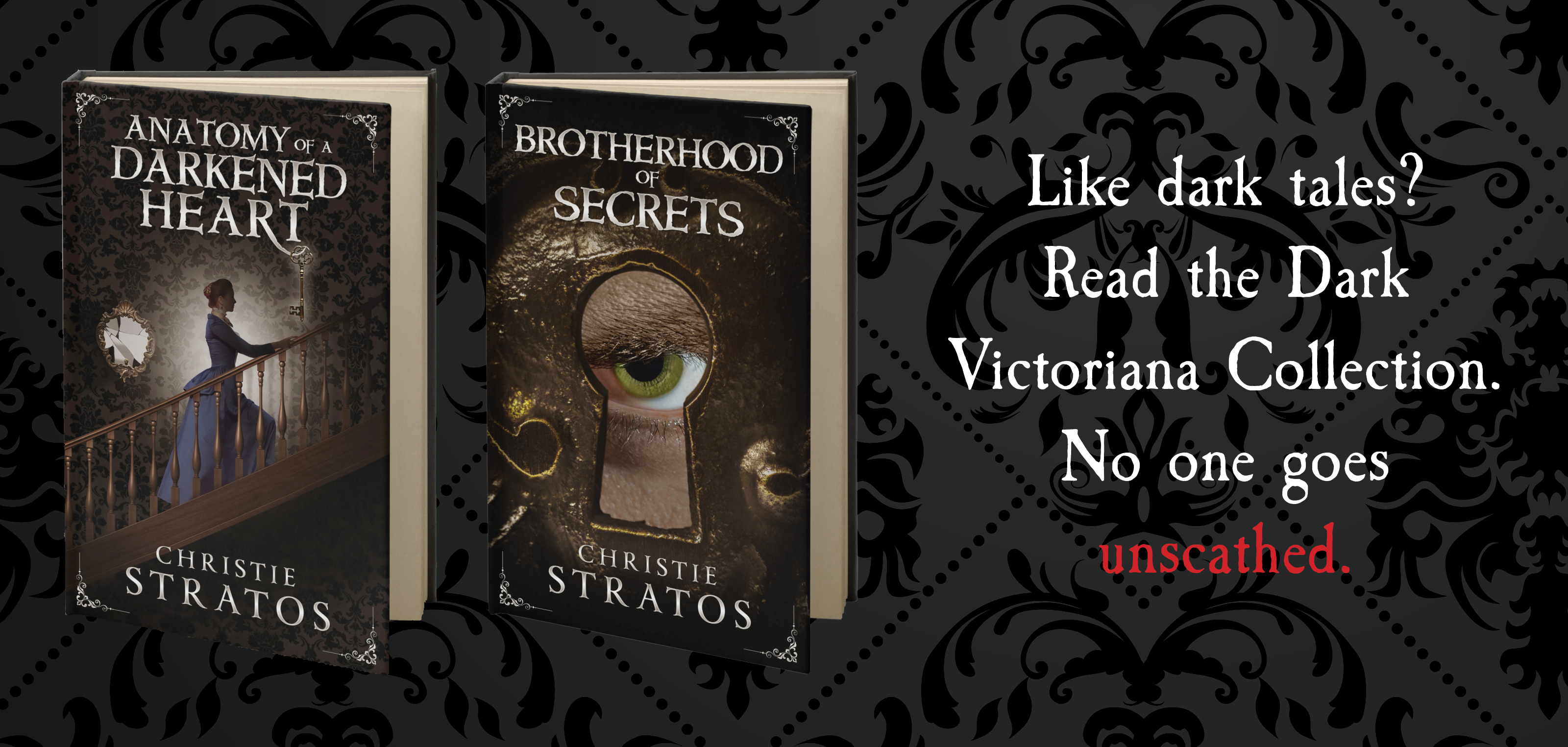Yesterday was Charles Perrault’s 388th birthday, and being one of the fathers of some of our modern fairy tales, I wanted to celebrate. Well, consider this a belated celebration. There are three main authors who have had a major impact on fairy tales and whose stories lived on through Disney movies – only usually quite different. (1) Charles Perrault, (2) Hans Christian Andersen, and (3) the Brothers Grimm. While they all had a major role in building the fairy tales we know today, they each had their own way of telling tales and weaving stories. Here are the differences between them:
Charles Perrault
The birthday boy goes first! Some of Perrault’s most famous works include “Sleeping Beauty”, “Little Red Riding Hood”, and “Cinderella”. First, let me start by saying that all of these are different in one way or the other from the Disney versions and modern retellings. I’d say “Little Red Riding Hood” is the closest to the version we know today, “Cinderella” comes in second, and “Sleeping Beauty”, surprisingly, finishes last. “Sleeping Beauty” is quite different than the Disney version and even includes a child-eating ogre for the prince’s mother.


Some common traits among Perrault’s fairy tales:
- they had a moral of the story, although sometimes the moral was beyond what a child could understand. (“Little Red Riding Hood” had a moral that warned women against men who were charismatic wolves.) The moral is often spelled out at the end, a la Aesop’s Fables.
- they were harsher than the Disney version
- they tried to teach women that beauty is nice but it’s nothing without graciousness regardless of society’s expectations
- they had some violence
- many are fine for children
Hans Christian Andersen
Did you know Andersen wrote “The Little Mermaid”? Let me tell you something. This is no Arielle and Eric 

Some common traits in Andersen’s tales include:
- they had a moral of the story, but usually not spelled out. Sometimes Andersen plays with the reader and essentially tells you there wasn’t too much of a point.
- they were much harsher than the Disney version
- they taught positive lessons through the hard lives of poor people and through unfortunate events and circumstances
- they sometimes had violence that could cause at least a PG-13 rating
- some are okay for children, but it depends on if you want to scare them into good behavior
The Brothers Grimm
Well known for their bloody tales, the brothers Grimm told the story of Cinderella in a way that little children should never hear. “Little Red Riding Hood” has a very clever grandmother that saves her life (as opposed to Perrault’s version, in which both women die). “Sleeping Beauty” is much closer to the Disney version than Perrault’s.


Much like Andersen, the Grimms have some Christian/evangelical tales that could be violent, but the one theme through most of the Grimm tales is that pure goodness is always repaid with either marriage/wealth as rewards or miracles like healing blinded eyes (“Rapunzel”, believe it or not) and growing back hands that were cut off (“The Maiden Without Hands”).
Some common traits throughout the Grimm brothers’ tales are:
- they sometimes had a moral of the story, more often than not that being good in every way is the only thing that matters
- some are harsher than the Disney version and some are shockingly similar to the Disney version
- the lesson is: goodness, goodness, goodness. And obedience, even if it means having your hands chopped off by your own father – willingly.
- 50/50 chance of violence and more frequent attempts to kill good maidens rather than just punish them
- some of the simpler ones might be okay for children, but just because it has a recognizable name doesn’t mean it’s going to be nice
I have one recommendation for you: read various versions of your favorite fairy tale, including versions from different countries. You’ll be surprised how different they are and how much you can learn about a culture through those differences!


